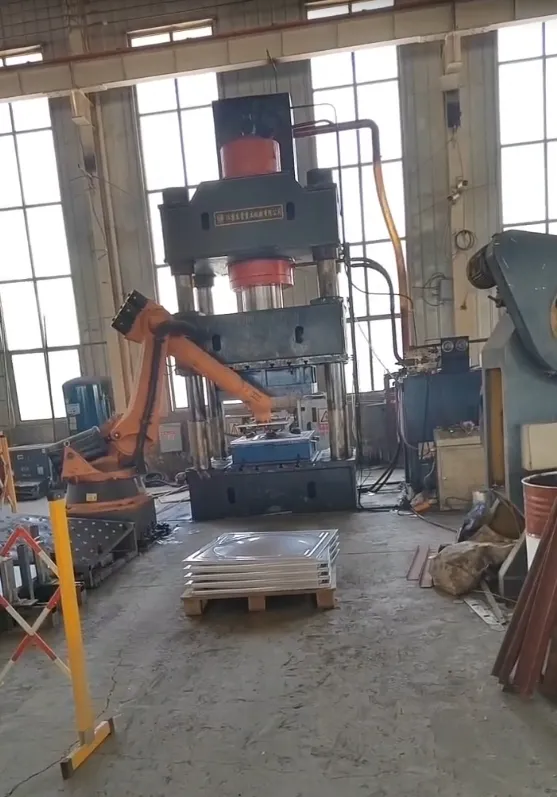loading...
- No. 9, Xingyuan South Street, Dongwaihuan Road, Zaoqiang County, Hengshui, Hebei, China
- admin@zjcomposites.com
- +86 15097380338
- Welcome to visit our website!
frp structural profiles
Understanding FRP Structural Profiles A Modern Advancement in Engineering
Fiber Reinforced Polymer (FRP) structural profiles are gaining significant attention in the field of engineering and construction due to their unique properties and advantages over traditional materials. Comprising a polymer matrix reinforced with fibers—such as glass, carbon, or aramid—FRP profiles are renowned for their lightweight nature, high strength-to-weight ratio, resistance to corrosion, and ease of fabrication.
Understanding FRP Structural Profiles A Modern Advancement in Engineering
Additionally, FRP profiles can be engineered to meet specific design requirements, providing architects and engineers with greater flexibility in their projects. Custom shapes and sizes can be produced, allowing for innovative design solutions that are tailored to the needs of a specific project. This adaptability not only enhances the aesthetic appeal of structures but also optimizes performance by ensuring that materials are used efficiently.
frp structural profiles

The lightweight aspect of FRP is particularly advantageous during transportation and installation. Their lower weight reduces transportation costs and allows for easier handling on-site, ultimately speeding up the construction process. This characteristic is vital in projects where time is a critical factor, such as in the construction of bridges, buildings, and other infrastructure.
Moreover, the thermal non-conductivity of FRP profiles offers additional benefits in specific applications. For instance, in building construction, FRP can help improve energy efficiency by reducing heat transfer, leading to lower energy costs for heating and cooling. This property also enhances the comfort level within the spaces constructed.
However, while the benefits of FRP structural profiles are significant, it's essential to consider potential challenges. The initial cost of FRP materials can be higher compared to conventional materials, and their long-term performance in certain applications requires further research and development. Engineers must also address the challenges associated with bonding FRP to other materials, ensuring strong interfaces to maintain structural performance over time.
In conclusion, FRP structural profiles represent a forward-thinking solution in modern engineering, combining strength, durability, and design flexibility. As technology advances and more research is conducted, it is likely that the adoption of FRP materials will continue to grow, paving the way for innovative construction practices and sustainable building solutions in the future.
-
GRP Structures: The Future of Lightweight, High-Performance EngineeringNewsJun.20,2025
-
FRP Water Tank: High-Performance Storage for Corrosive and Clean Water SystemsNewsJun.20,2025
-
FRP Square Tube: The New Industry Standard for Chemical and Structural ApplicationsNewsJun.20,2025
-
FRP Pultruded Profiles: The Ultimate Choice for Lightweight Structural StrengthNewsJun.20,2025
-
FRP Handrails: The Safer, Smarter, and Stronger Choice for Modern InfrastructureNewsJun.20,2025
-
FRP Grating: The Smart Solution for Durable, Lightweight Industrial FlooringNewsJun.20,2025
-
Why Choose a Galvanized Water Tank for Your Storage NeedsNewsMay.21,2025
